A Safari… in The Carpathian Mountains
The word safari so easily conjures images of hazy African sunsets punctuated by the silhouettes of wildebeest grazing on the Serengeti. But the fabulous European Safari Company seeks to change our perspectives by taking travellers into some of Europe’s wildest destinations, to spot everything from bears and bison through to jackals, wolves and vultures.
Hiking along the wild Parcu Mountains in the southern Carpathians to track the recently reintroduced bison (back for the first time in 200 years by Rewilding Europe & WWF Romania) is the most captivating option from the trips offered. Highlights include the rural accommodation and cuisine, knowledgable local guides and cinematic vistas of intensely romantic mountain landscapes— as well as the opportunity to spot some furry brown bears. And each trip supports local communities through ambitious rewilding projects.
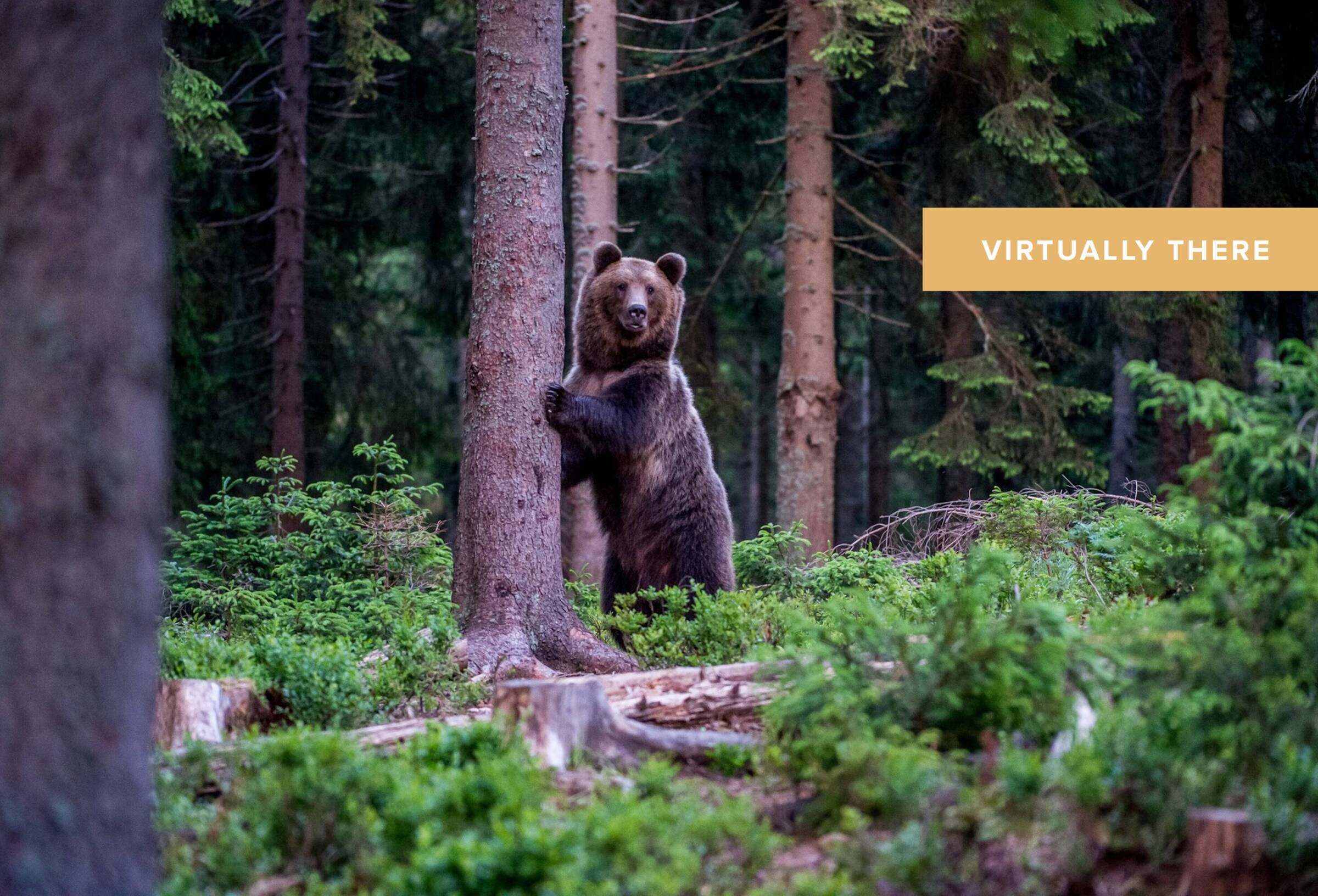

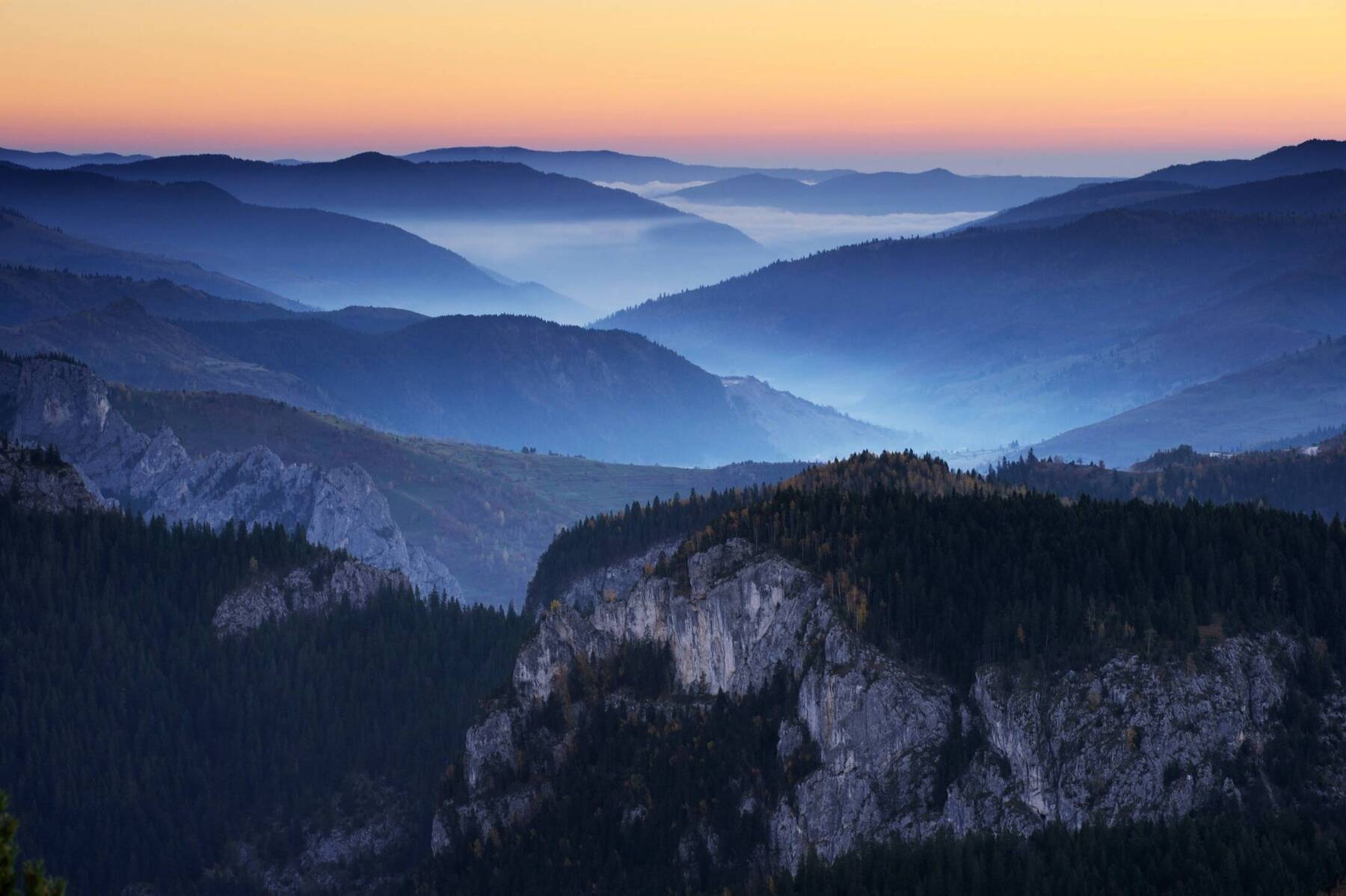

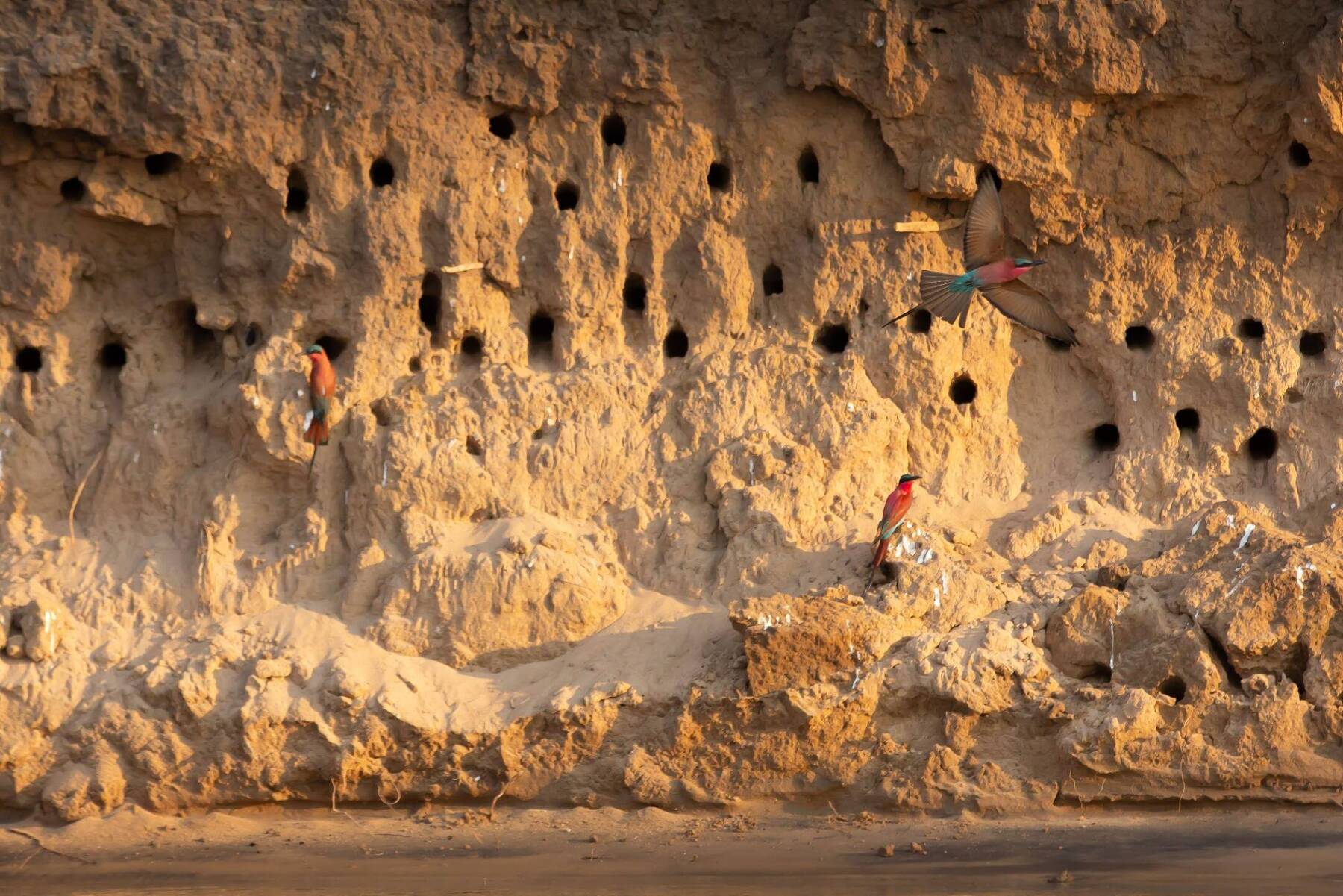
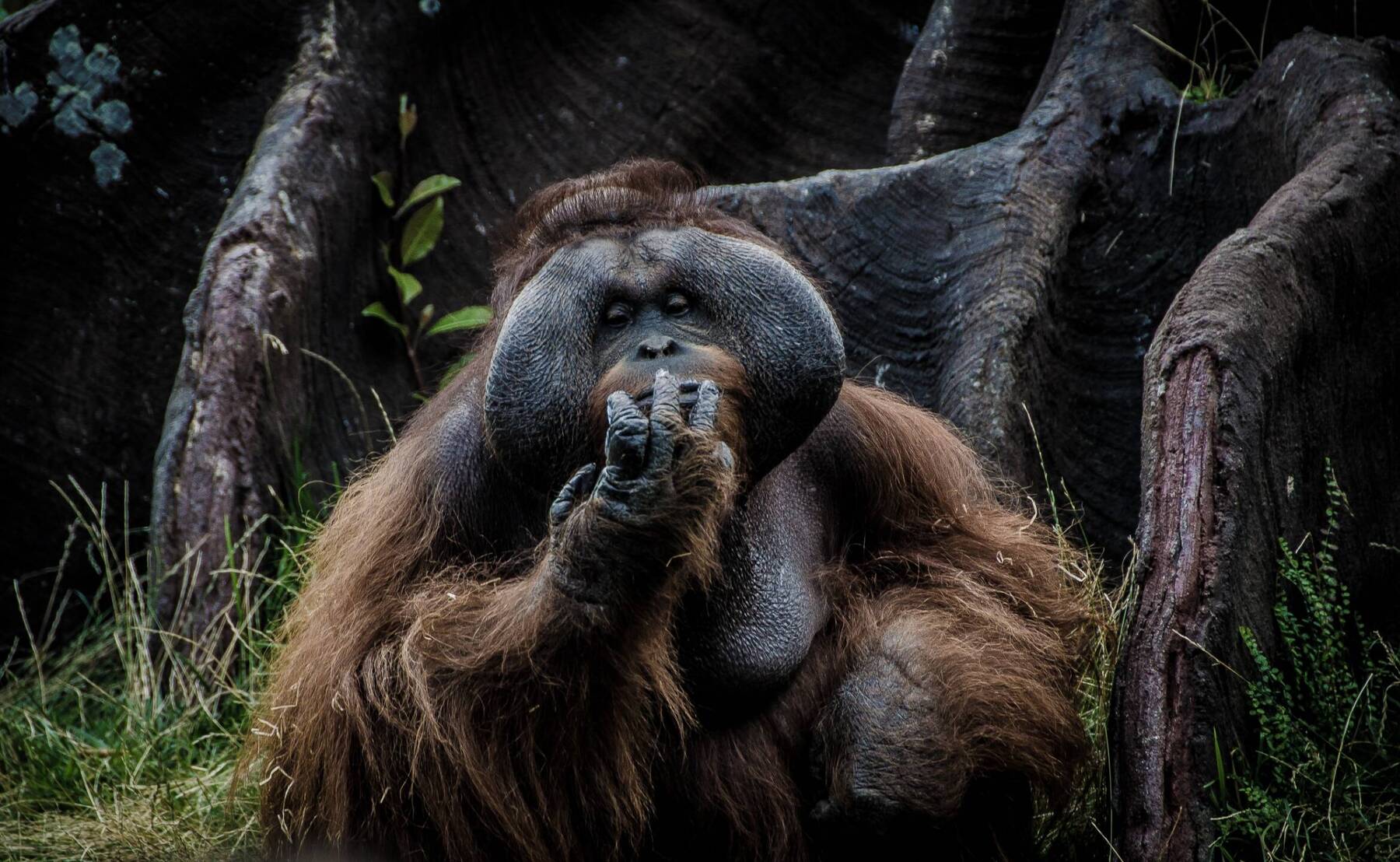
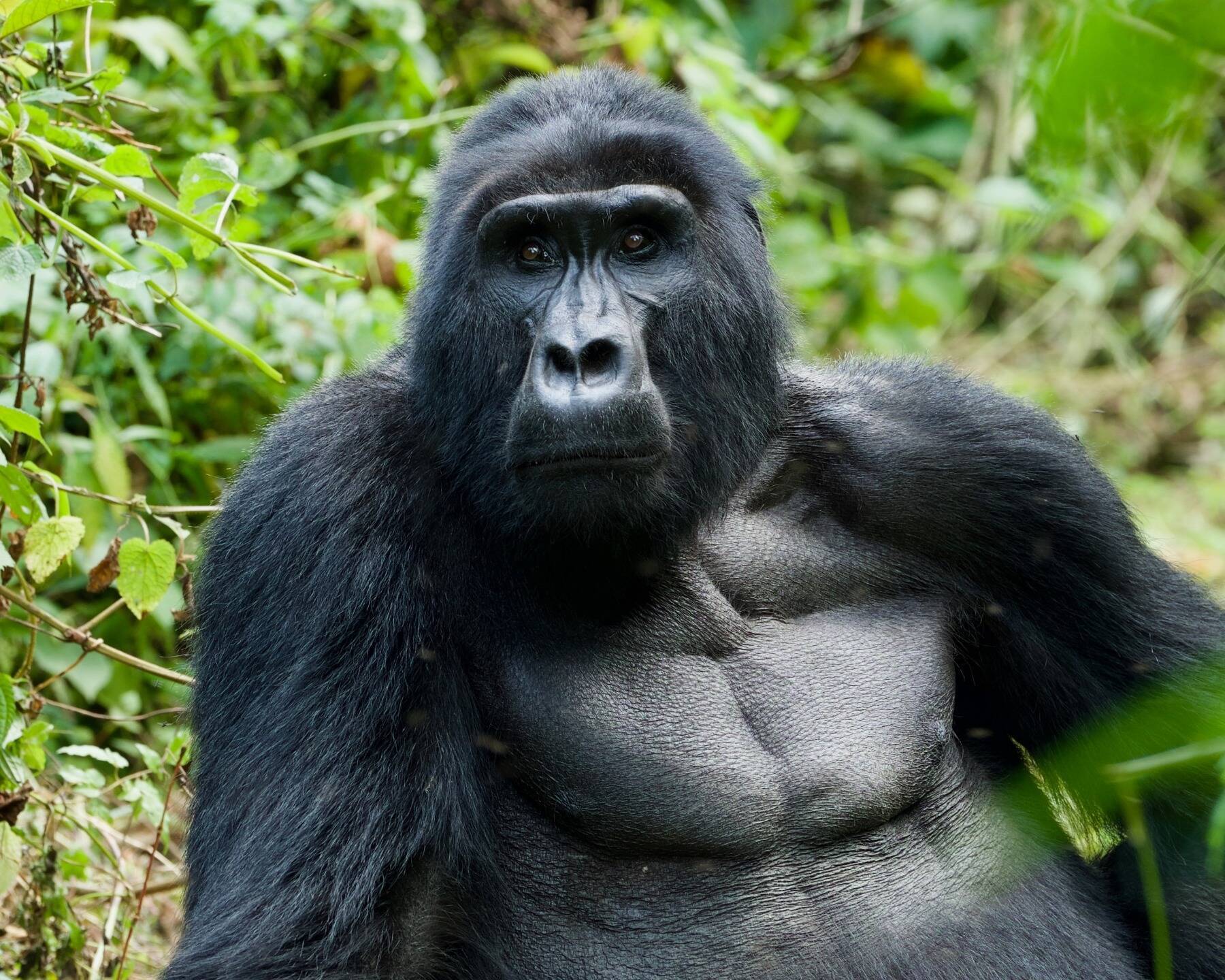
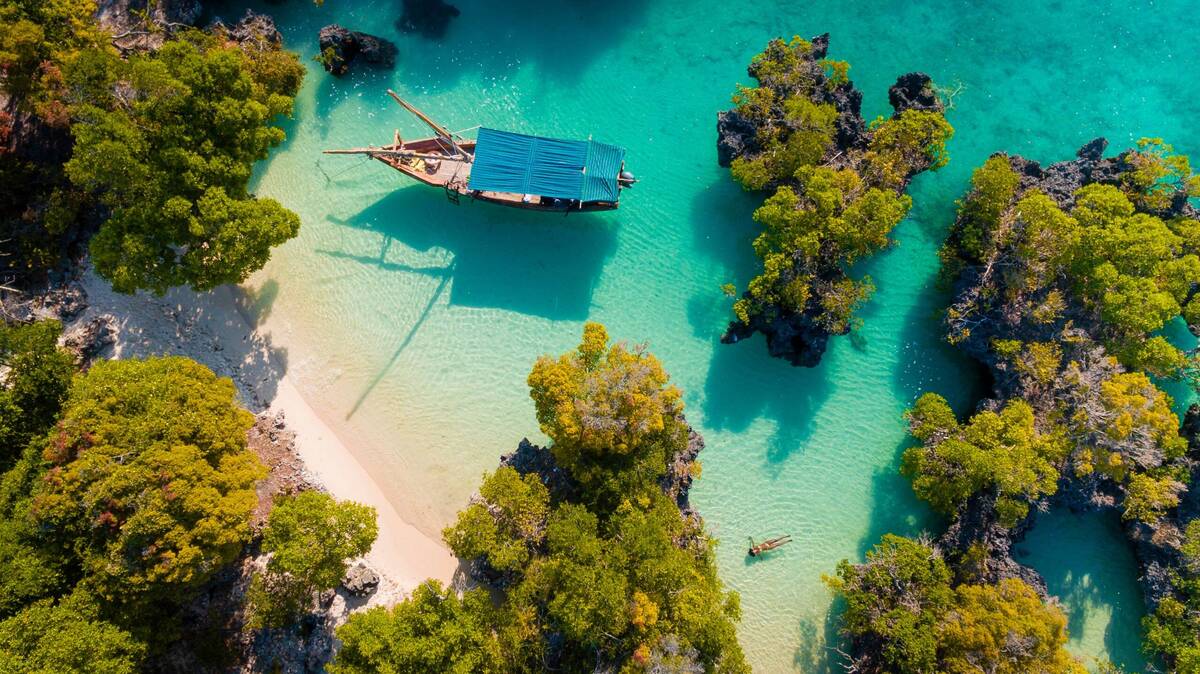

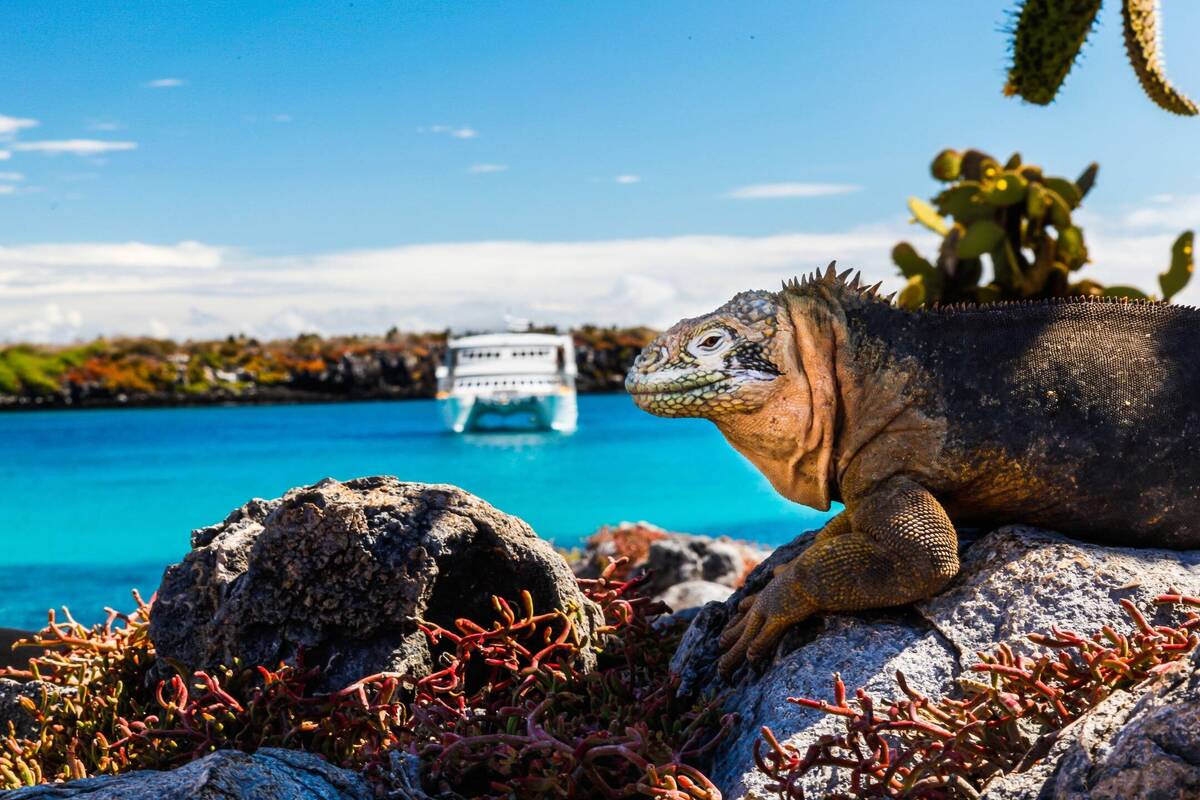













Comments